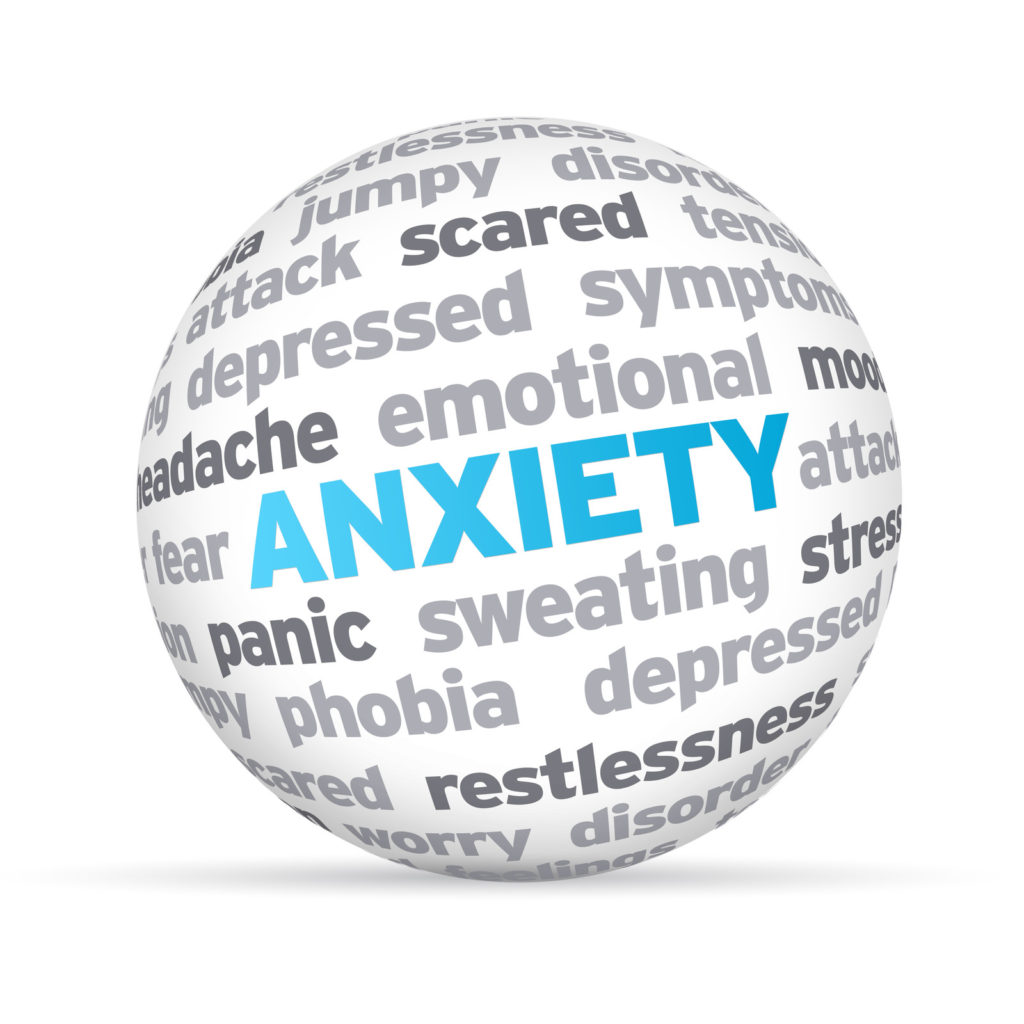Duck and Cover: Why We Worry And How To Manage It
If a problem is fixable, if a situation is such that you can do something about it,
then there is no need to worry.
If it’s not fixable, then there is no help in worrying.
There is no benefit in worrying whatsoever.
Do any of you recall “duck and cover” from the 1950’s? Probably not. “Duck and cover” was supposed to provide a degree of protection against the effects of a nuclear explosion to people situated outside the radius of the nuclear fireball.
Along with the other children, I practiced it every day at school. We ducked under the desk and covered our heads with our arms. The idea of a nuclear bomb exploding scared the bloody hell out of me as well as others. We would then bring our fear home with us. Our fear infected our parents. I clearly remember my mother saying that it was just plain wrong to make us children worry. She was right.
But, why do we worry and what can we do about it?
In order to answer that, let’s time travel back some 200,000 years ago, when we find the earliest remains of humans. They were the first to have a brain similar to ours. It is here we discover the neocortex, the newest part of the brain which is responsible for higher functions like language, reasoning and, yes worry.
Back in time there was a very real purpose to worry and that was – survival! Tens of thousands of years ago worrying, apparently, did not result in crippling anxiety and stress. Worry was triggered when we were confronted with an immediate threat which had to be resolved.
A carnivorous animal looked at you with full intent of making you its dinner. You either eliminated the animal or ran away. Threat resolved. Stress disappeared. No worries. You and your family are extremely hungry. You did what you had to do to obtain food. You ate. Threat resolved. Stress disappeared. No worries. You are dehydrated and stressed because you haven’t had any water. You find water. Threat resolved. Stress disappeared. No worries.

Worry leads to uncertainty and anxiety. Managing Worry lets us enjoy the present and gives us hope for a better tomorrow.
Jump forward 200,000 years to the present for a peek at our brain. Alas, the neocortex has neither changed nor adapted to the constant bombardment of both real and perceived (mostly perceived) threats hammer us.
Long ago, the threats weren’t chronic because the problems weren’t chronic. Where the threats were once real and instantly solvable, the threats confronting us today are not immediately solvable. We are surrounded by uncertainty. With uncertainty comes worry and anxiety. Like “duck and cover,” you see no end to the threat
In David Brooks’ New York Times Op-Ed, “The Epidemic of Worry,” he notes that worry is circular. You start with a matter that cannot be immediate solved, like a health issue, not having enough money to retire or enough savings to send your children to college, or someone taking away what you do have, or losing someone you love.
It begins as a mild concern, but then fear invades the mind and worry captures the imagination. Taking on a life of its own, worry molds our thoughts into a continuous loop of disaster. Suddenly and unwittingly, we are viewing the world through a distorted lens.
Here’s the real downside: Worry destroys our enjoyment of the present and, because it is the cousin of fear, it narrows our perspective and drains our joy. As our anxiety grows so does our dismay and anger. We find ourselves snapping at the people we love and respect and lashing out at unexpected moments. We feel unhappy and discontent without an apparent reason and unable to enjoy the gifts we have. Worst of all, we lose hope for a better tomorrow. Anxiety changes us.
IMAGINE THAT!
James Mapes is a keynote speaker, best-selling author, coach and hypnotist. His most recent book IMAGINE THAT! Igniting Your Brain for Creativity and Peak Performance is the first web-supported book with access to 21 video-coaching clips.

James Mapes is the founder of Quantum Leap Thinking™, creator of The Transformational Coach™, expert on the psychology of “applied imagination,” best-selling author, highly acclaimed business speaker, consultant, seminar leader and personal excellence coach.
